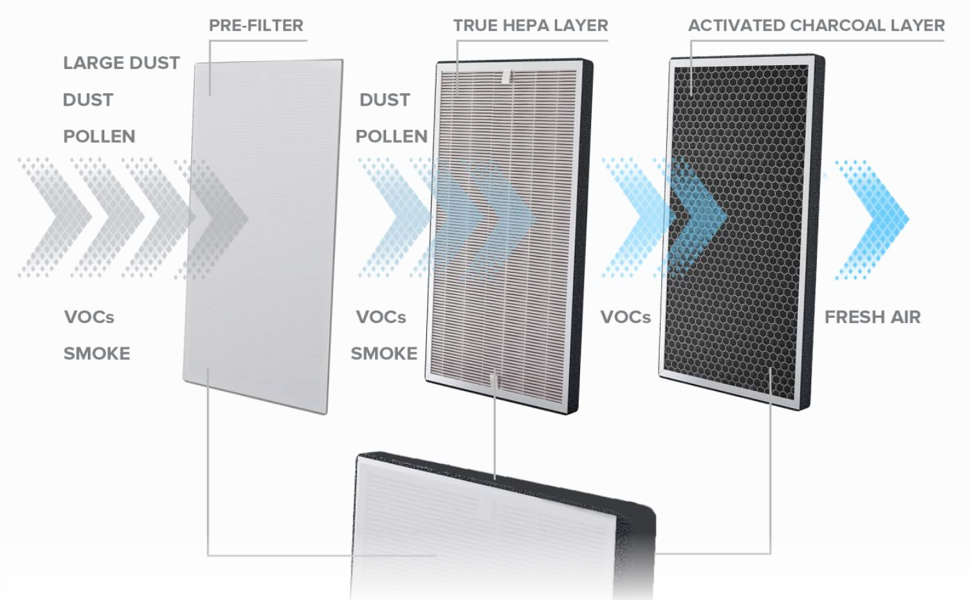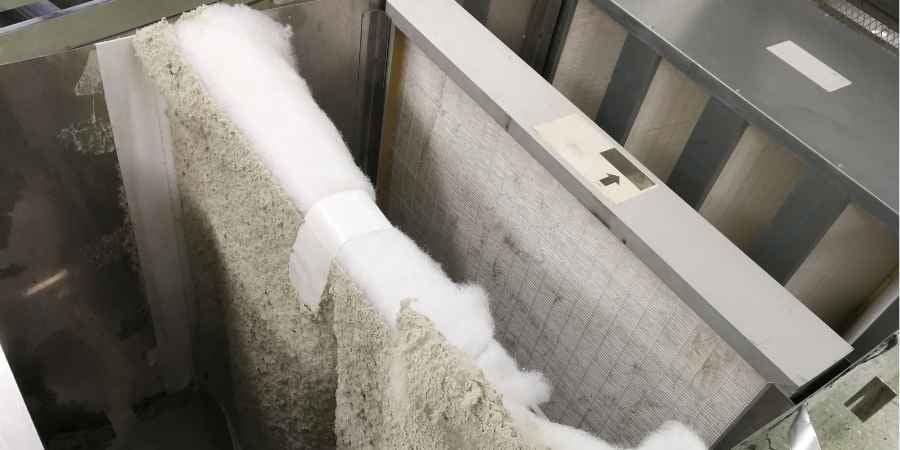Understanding the science, benefits, and limitations of high-efficiency air filtration
The Essential Air Purification Technology
hepa (High-Efficiency Particulate Air) filters have become a staple in both residential and commercial settings, praised for their ability to significantly improve indoor air quality. As concerns about air pollution and allergens increase, understanding the effectiveness of hepa filters has never been more crucial.
Key Insight: true hepa filters capture at least 99.97% of airborne particles as small as 0.3 microns - the most penetrating particle size (MPPS).
Particle Capture
99.97% efficiency at 0.3 microns (MPPS)
Health Impact
Reduces indoor particulates by up to 80%
Maintenance
Replacement every 6-12 months
Limitations
Doesn't remove gases or VOCs
Particle Size and Filtration Efficiency
hepa filters capture at least 99.97% of airborne particles as small as 0.3 microns. This efficiency target is based on the MPPS (Most Penetrating Particle Size), the size most difficult to capture. hepa filters effectively capture:

It's essential to note that their efficiency may vary depending on the airflow and the type of filter media used.
Testing Standards and Regulations
The effectiveness of hepa filters is strictly regulated by international standards:
U.S. Standards
U.S. Department of Energy (DOE) stipulates 99.97% filtration efficiency at MPPS
European Standards
Classified under EN 1822 standards, ensuring consistent performance across filter grades
These rigorous standards ensure that certified HEPA filters perform consistently and effectively across different Manufacturers and regions.
How HEPA Filters Work
HEPA filters operate through three primary mechanisms:
1. Interception
Particles following a line of flow come within one particle radius of a fiber and adhere to it.
2. Impaction
Larger particles cannot avoid fibers by following curving contours of the airstream and embed directly.
3. DiFFUsion
Smaller particles move erratically (Brownian motion) and collide with fibers.

Types of HEPA Filters
True HEPA
Meets rigorous 99.97% efficiency standard at 0.3 microns
HEPA-Type
May offer less efficiency (typically 85-95% at 0.3 microns)
ULPA Filters
Ultra-low Penetration Air Filters capture 99.999% at 0.12 microns
Understanding the correct type for your needs can vastly influence indoor air quality effectiveness.
Commonly Asked Questions
Do HEPA filters remove viruses?
While not specifically designed for viruses, HEPA filters can capture virus-laden particles due to their size.
How often should I replace my HEPA filter?
It depends on the environment but typically every 6-12 months.
Can HEPA filters remove odors?
No, they are not effective at eliminating odors as they don't capture gaseous pollutants.
Are HEPA filters noisy?
Noise levels depend on the air purifier design, but modern units have significantly reduced operational noise.
Can HEPA filters be washed and reused?
Most HEPA filters are not designed to be washed and should be replaced when dirty.
References & Further Reading
- U.S. Department of Energy standards on HEPA filters
- EN 1822 European standards for ventilation and filtration
- "Indoor Air Quality: Impacts and Strategies," Journal of Environmental Science
- Product specifications and research articles from leading Manufacturers
- World Health Organization guidelines on air quality
- Study on particulate matter filtration by Environmental Health Perspectives
- Research published by the American Society of Mechanical Engineers on air filtration
HEPA Filters: Improving Indoor Air Quality Since 1940s
The information in this article is based on international standards and scientific research on air filtration technologies.
 +86 18186671616
+86 18186671616 Jason@cleanroomequips.com
Jason@cleanroomequips.com
 MENU
MENU


